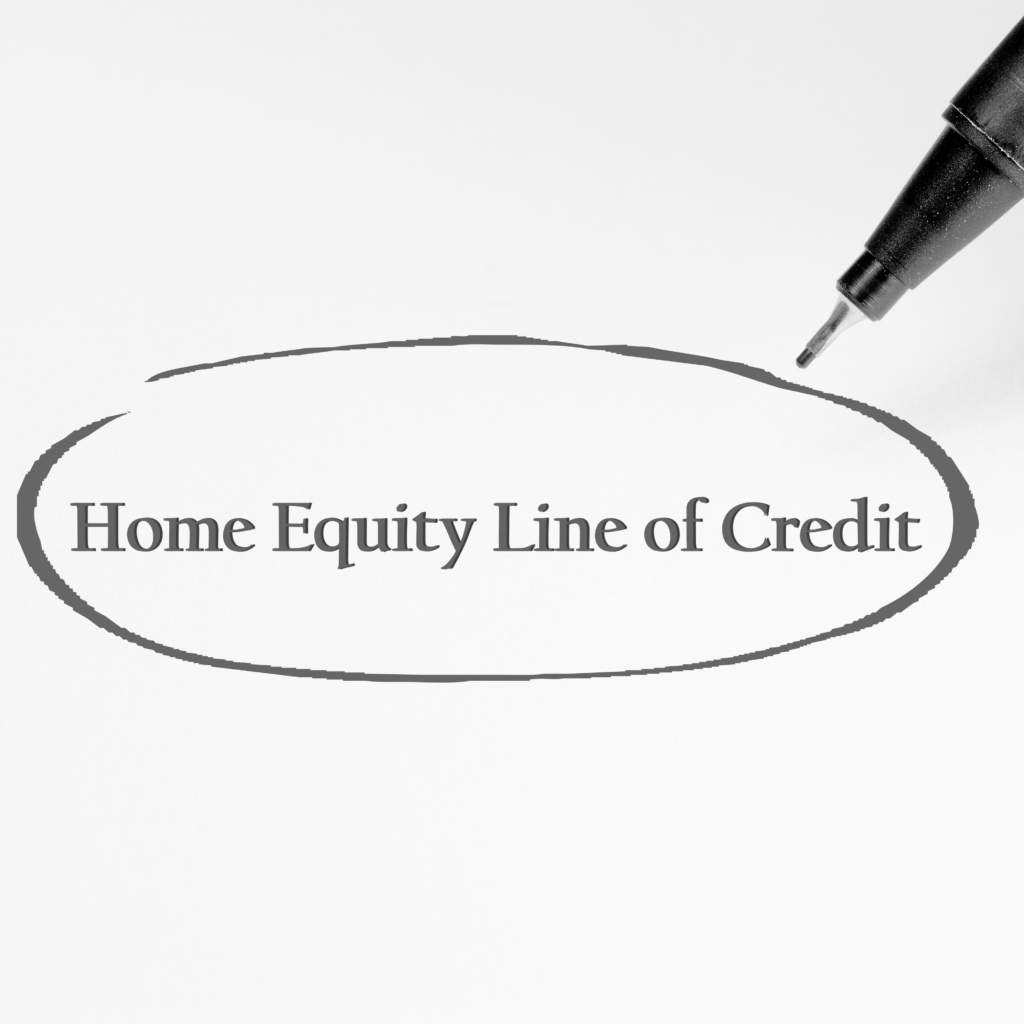A home equity line of credit (HELOC) may provide a borrower with needed cash if other liquid resources are not immediately available. Funds are drawn by simply writing a check, and can be used for what you need when you need it. In most cases interest rates are much lower than a credit card or other unsecured borrowing options. Interest paid may also be tax deductible, whereas interest on credit cards is not.
In general, the higher your credit rating, the lower the rate of interest you will qualify for on your line of credit. Interest rates are variable. Rates increase or decrease simultaneously with a benchmark, most often the Prime Rate published by the Wall Street Journal. Sometimes a low introductory rate is offered for a brief period such as the first 6 or 12 months. One can typically pay interest-only for 10 years or more. The principal balance can be reduced or completely paid down at any time with periodic or lump-sum repayments. After the “draw” period, any remaining debt balance is normally converted into an amortized loan with required monthly principal and interest payments. One may also be able to apply for a new HELOC to continue interest-only payments, though this would be subject to new underwriting. The amount one can borrow is tied to the value of your home less any mortgage debt outstanding, as well as your ability to show income to repay all debts.
HOW HELOC IS TYPICALLY USED:
1. A common use of home equity is for home renovation projects. Many consider this a good use of borrowing because the investment in their home will enhance its value. Improvements to insulation, windows, doors and heating systems may also yield long-term returns by reducing the cost of utilities.
2. Others may use a HELOC for big-ticket items like cars, business expenses or health care costs. Often this is a matter of convenience – with a HELOC already in place, one would not need to apply for new credit or spend time submitting applications for a new loan. This could be particularly valuable if one were temporarily out of work when a necessary expense came up. Still, in these cases, it is important to evaluate available financing. Auto loans in particular have a wide variety of incentives which may be lower cost than a home equity line.
3. Under the right conditions, a HELOC could replace other existing debt such as a student loan. An opportunity may exist to lower the interest rate or change a payment schedule if more free cash flow was needed. A caveat, government student loans have unique forgiveness and deferment terms that may warrant keeping them as-is for certain borrowers, even if the cost of interest is more than that of a HELOC. A parent may also find a HELOC an easy way to provide a short-term loan to a responsible young adult.
4. Home equity can be used to mitigate opportunity costs. Consider the example where an individual owes income taxes mid-April, but doesn’t receive a large bonus until the end of the month. One might sell investments to pay the tax, incurring transaction fees and taxable capital gains in the process. Alternatively, one could use a HELOC to pay the tax, then pay the HELOC off after the bonus is received, the only cost being interest on the HELOC for a short period of time.
There are a few practical matters to consider when setting up or using a HELOC. At the start, there may be modest fees for an application and appraisal. Persons with a home owned by a trust should find out ahead of time if there is a cost to review trust documents. These setup costs run from completely free to a few hundred dollars. Some banks may charge a small annual fee to keep the line open, generally less than $100 a year. If a line is opened and then terminated, there may be a closure fee of a few hundred dollars if that is done within a short window, such as one to three years. Draw periods for interest-only payments vary from lender to lender, as do the maximum available lines and the most competitive rates.
Used prudently, a home equity line can add convenience and flexibility when faced with a variety of personal economic demands. As planners, we often say we want to have a lot of tools in the toolbox, and a HELOC can be one of those useful tools.

